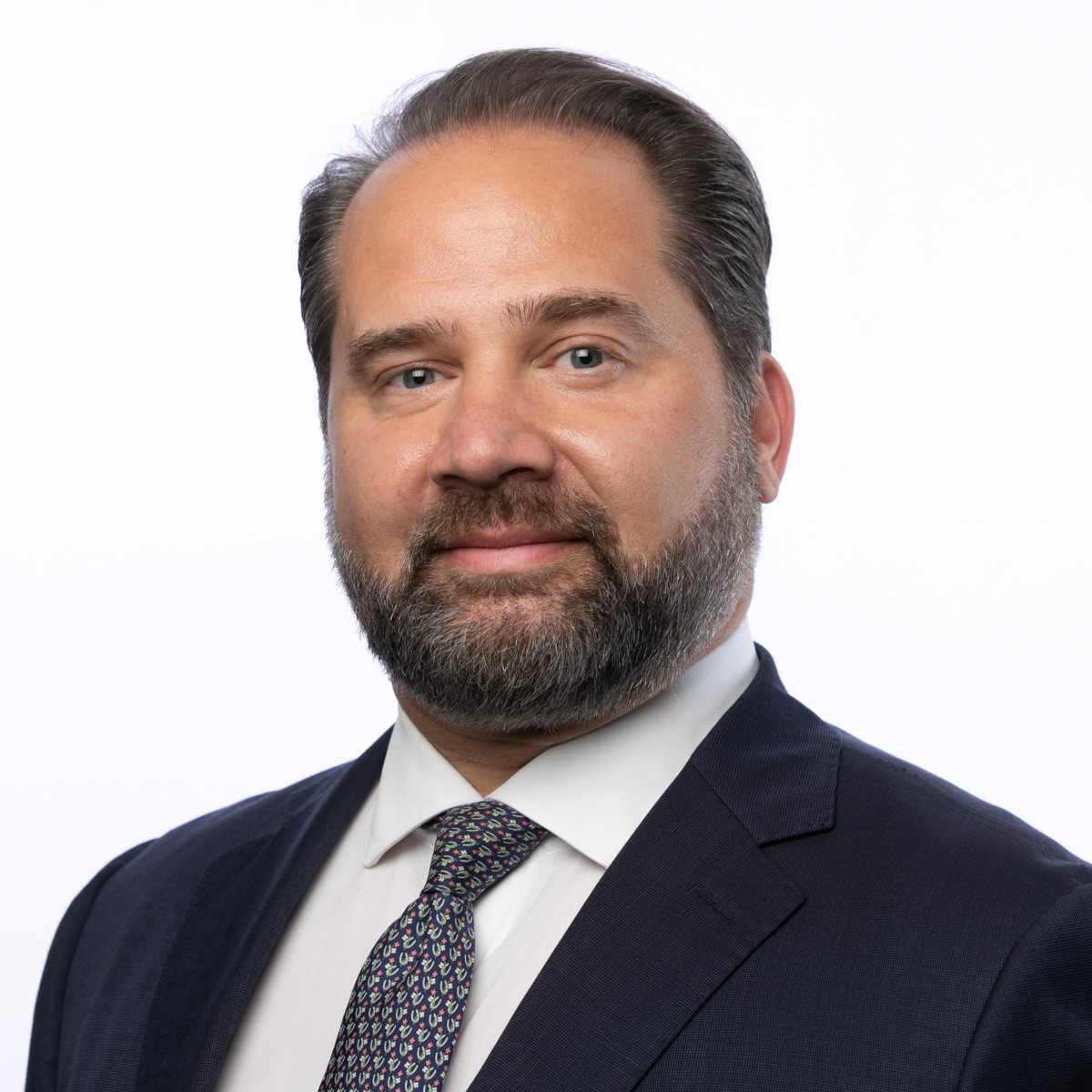
In the latest in our regular series, Portfolio Adviser hears from Neuberger Berman’s head of global intermediary (ex US) Jose Cosio (pictured, right)
Which particular asset classes and strategies do you anticipate your intermediary clients focusing on in 2023?
Clients are maintaining a conservative posture. In some ways, they are spoiled for choice in terms of investment opportunity but mixed signals from markets are causing most to sit on their hands. To be fair, with cash deposits generating 4% or more, sitting on cash or in investment grade fixed income is not a bad way to wait out volatility and uncertainty – though we also sense an appetite to balance deposits and investment grade fixed income with alternative exposure in commodities, hedge funds and private markets.
There is also a subset of clients focusing on shorter-duration credit strategies, particularly with the current inversion in yield curves. In the next phase of risk taking, I suspect broader emerging markets and global credit to gain traction alongside allocations to high-quality equities with attractive valuations and shorter-duration return horizons, the latter being of course ‘value’ tilted strategies. The small cap space could also be an interesting opportunity given where valuations in the asset class stand versus large caps.
Should end-investors – and, by association, asset managers – be thinking beyond equity and bond investments? Towards what?
Yes – for example, adding just a bit in active commodities goes a long way. The ongoing strains in supply chains, the secular shift towards renewable energy and higher, more persistent inflation give commodities the tailwind to be a genuinely uncorrelated diversifier in portfolios. I also believe private equity, real estate, infrastructure and private debt will continue to be an extra source of diversification for clients. Historically, commitments made at this point in the cycle, and then invested gradually through an economic slowdown, have generated some of the best future returns.
“Historically, commitments made at this point in the cycle, and then invested gradually through an economic slowdown, have generated some of the best future returns.”
To what extent do private assets and markets fit into your thinking? What are the currents pros and cons for investors?
Private market solutions are a critical part of our value proposition. We are uniquely positioned to deliver across both public and private markets, enabling us to engage with clients in ways most other asset managers cannot. We have been offering public market solutions for more than 80 years and private market solutions for more than 35 years. As such, we can debate relative value across sectors, across capital structures and across the public-private divide without any bias. We work with clients to implement ideas that would otherwise require several meetings with many different managers.
What are the pros and cons? Outside of venture capital, private markets can offer very attractive returns with much lower volatility than public markets, and the longer time horizon of the investments, even with semi-liquid products, can be a useful balance to daily-traded holdings. The flipside is that clients must completely understand that access to capital invested will be limited, and they should therefore plan carefully and adequately for expected and unexpected short-term liquidity needs.
Given client and regulatory pressure on charges, how is your business delivering value for money to intermediaries and end-clients?
Our product development process takes into consideration the maximisation of value for fees paid, whether in private solutions or public. We focus on transparency of fees and are conscious of any embedded costs connected with the investment decisions we take, and work to balance this out responsibly. We are an independent employee-owned firm, which allows us to fully align with the needs of our clients. They are our most important stakeholder.
“As a firm, we believe ESG is far more efficiently deployed in an active investment proposition.”
How much of your distribution is currently oriented towards ESG issues and sustainable investing? How do you see the responsible side of investing evolving?
The world is a little split on this. On the one hand, some clients think they should maximise the impact of their capital with exclusions and thematically-driven impact funds, where a stated sustainability outcome is expressed as equivalent or even more important than financial returns. Others think of ESG as a process, rather than a set of outcomes – an important part of the analytical and financial risk management process, which may or may not be reinforced with a corporate engagement programme.
We believe in putting engagement right at the heart of our investment philosophy. Engaging to encourage and monitor a responsible transition is an effective route to help effect change in businesses that have large market share and influence. The finance industry and its regulators will try to better inform the investment community by drawing clearer distinctions between these approaches and the terminology used to describe them. As a firm, we believe ESG, sustainable, impact, and corporate engagement investing is far more efficiently deployed in an active investment proposition rather than passively. Passive exclusion-based strategies have shown weakness in both their performance and in their sustainability impact.
How are you now balancing face-to-face and virtual distribution? Have you identified aspects where one is especially better (or worse) than the other?
We prefer to meet in person. My own view is that relationships are better built this way – but with a diverse range of work-from-home policies now in place, it is not as easy as it used to be. The key point is flexibility. Let’s not forget digital meetings are better for budgets and for carbon footprints. We have even held some client meetings in the metaverse to add additional excitement.
What aspects of your lockdown routine – personal or professional – have you continued as people migrate back to office-working?
My process remained unchanged – I was in the office through most of the pandemic and walked or cycled to most places rather than taking public transport. I suppose the only thing that has changed is that I am on public transport regularly again. I try to walk to work as frequently as possible as it was a really positive new habit – my overall health is better for it. I have also set aside more frequent quality time with my family, together or individually. This is something I am committed to post-pandemic!
How did you spend your winter break?
Fortunately, it was a calm holiday break for me. I spent it in London with my family and friends and I really enjoyed their company without the stress of travel and a busy family event schedule in Miami. Don’t get me wrong – I missed being with our parents and extended family, but it was nice to stay home and enjoy the free time.
In what ways do you see the asset management sector evolving over the next few years?
More firms who have traditionally focused on public markets will attempt to break into alternatives – particularly private markets. We are fortunate we made this transition many years ago, and the two disciplines are now very culturally integrated. Take it from us – it takes a long time for a business to adjust and educate itself in new specialisms and channels, and growing pains will definitely be felt.
Aside from private markets, the industry will continue to migrate towards sustainable investing and more of the companies we invest in will have to have an aligned interest and focus on improving their environmental and social standing alongside generating shareholder value. Finally, the pendulum will swing back in favour of active management now the days of ‘easy money’ are all but over and returns are likely to be much more dispersed.







